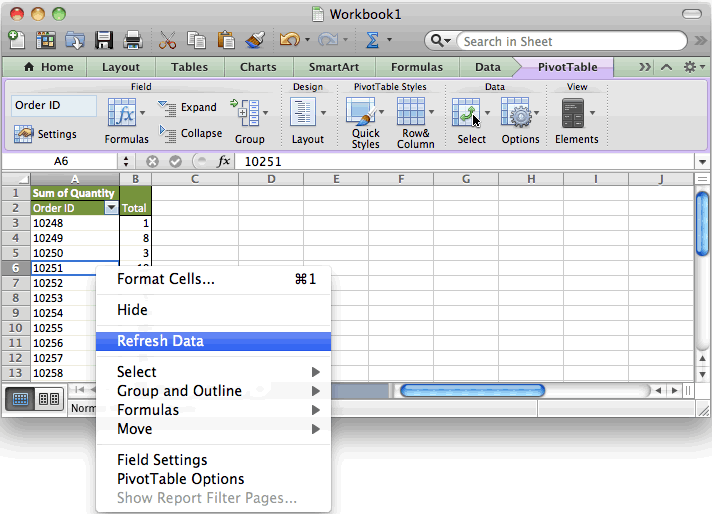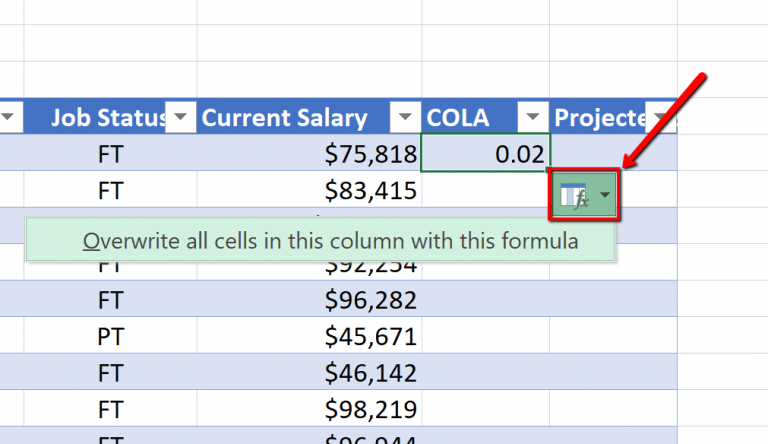
Absolute Column & Row ($B$1): The formula has an absolute reference to column B of row 1, so it always refers to column B of row 1.Absolute Column, Relative Row ($B1): The formula has an absolute reference to column B, so it always refers to column B.Relative Column, Absolute Row (B$3): The formula has an absolute reference to row 3, so it always refers to row 3: The following statements apply to calculation modes in Excel: The first document that is opened uses the calculation mode with which it was last saved.X Research source Here are a few example spreadsheets, showing the original formula in larger, bold text, and the result when you copy-paste it to other cells: Instead of using a relative cell reference, you can make it absolute by adding a $ symbol in front of the column or row that you want to keep the same, no matter where you copy the formula too. Let's say you don't want Excel to automatically change your formula.



Click and drag the cursor across the column or row you're copying to.


 0 kommentar(er)
0 kommentar(er)
